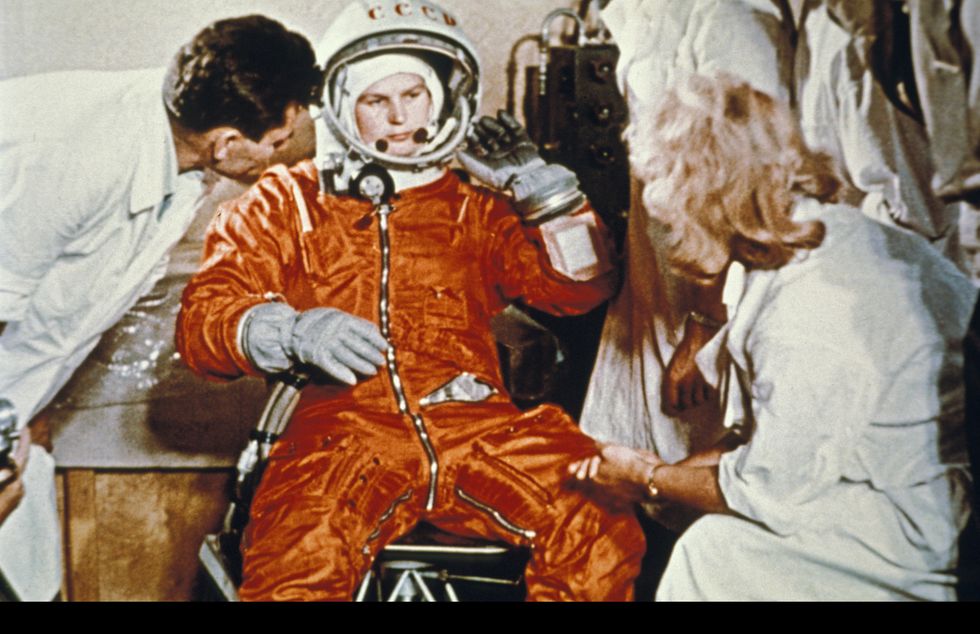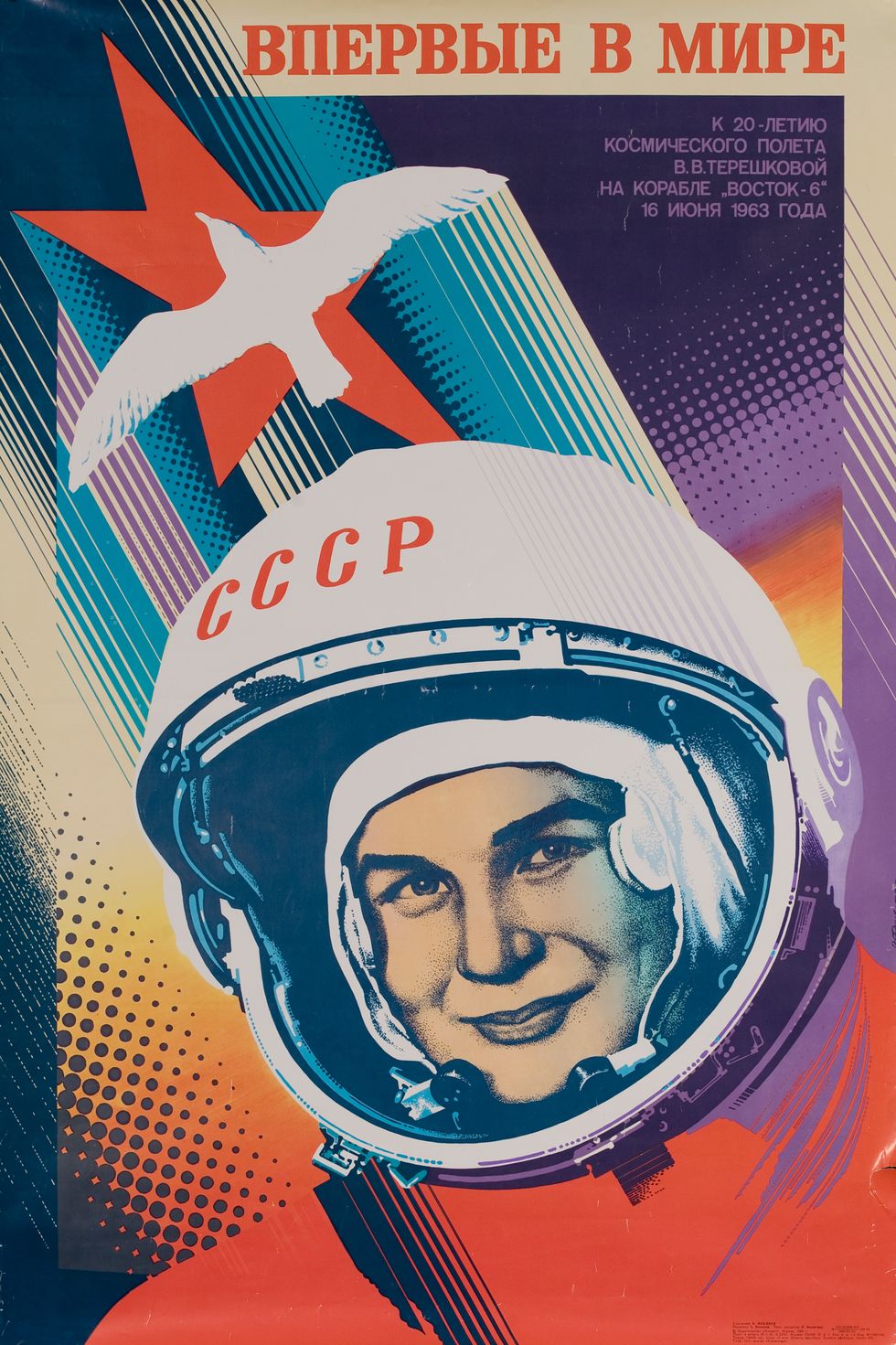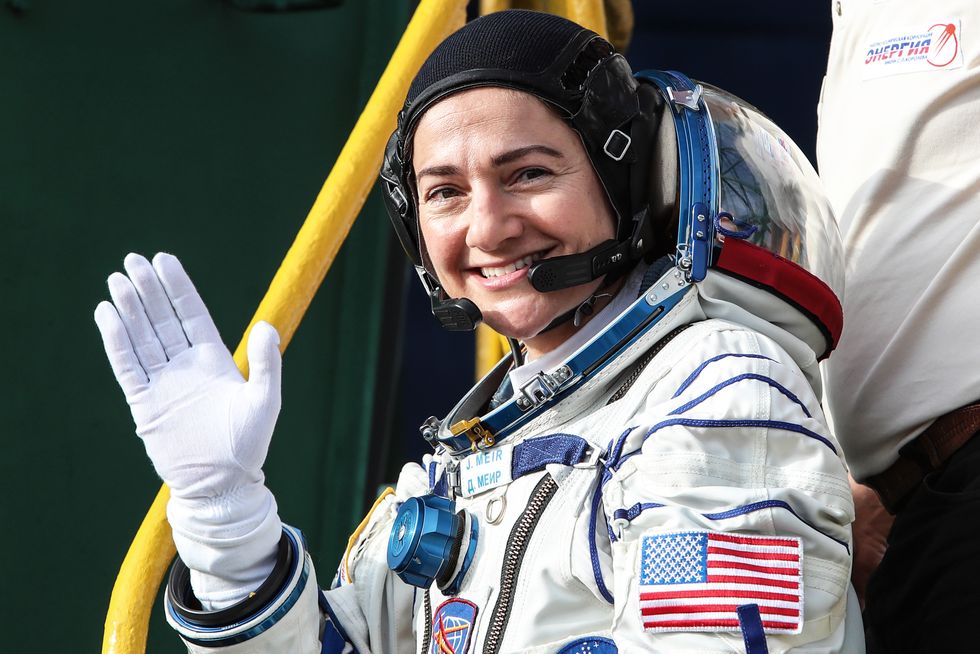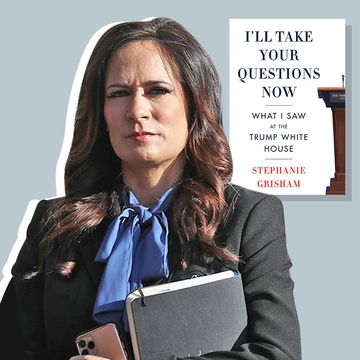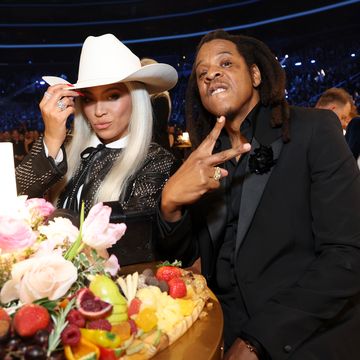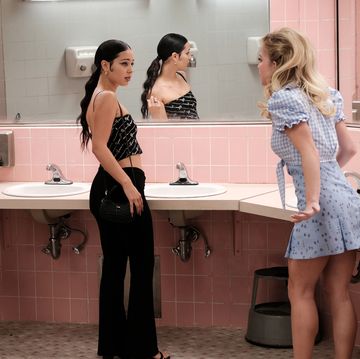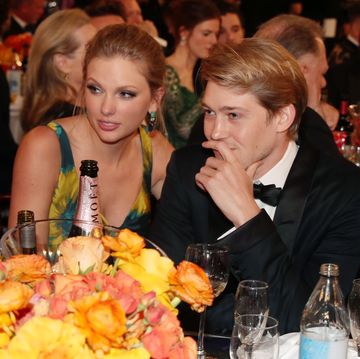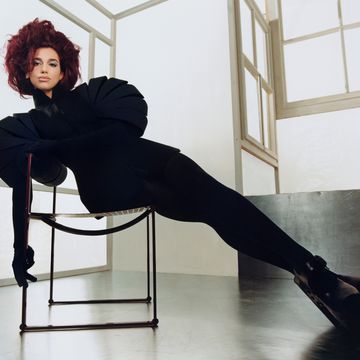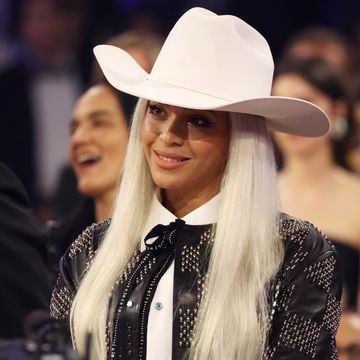It’s just as well that Valentina Tereshkova was not around to get her hands on a copy of the June 17, 1963 edition of The New York Times. Tereshkova would not likely have been able to read the Times no matter what, since Western papers didn’t much circulate in the Soviet Union—or anywhere else in the Eastern bloc for that matter. But even if they had, Tereshkova would have missed that Times edition: Just the day before, she had lifted off from the Baikonur Cosmodrome in what is today the nation of Kazakhstan, aboard her Vostok 6 spacecraft, becoming the 12th person—and the first female—in space.
SOVIET ORBITS WOMAN ASTRONAUT, the Times headline read, respectfully enough. The first paragraph maintained the businesslike tone, identifying her as a Junior Lieutenant in the Soviet Air Force. So did the next paragraph, describing how Tereshkova was communicating by radio with fellow cosmonaut Valery Bykovsky, who was also aloft in his Vostok 5 spacecraft. But then things turned sour.
There was the reference to her in the third paragraph as “a heavyset parachutist.” There was that business later on about the “elegant blue linen dress and stiletto heels” she wore when she met the Soviet press—with no corresponding mention of Bykovsky’s ensemble. There were the quotes from everyday New Yorkers who were asked to respond to Tereshkova’s accomplishment.
“It only proves one thing—that you can’t get away from women no matter where you go,” said one passenger—glamorously described as an “air traveler”—at New York International Airport, in the days before it was JFK.
“They shouldn’t send a woman up there alone,” said one woman in Times Square. “She should have a man with her.”
History would note that Tereshkova very much did not need a man to circle the Earth 28 times in her own spacecraft, remaining aloft for nearly three days. But that didn’t stop tongues from wagging and people from disapproving of the whole idea of a lady astronaut. History would note too that it would be another 20 years, almost to the day, before the U.S. would follow the lead of the U.S.S.R., when Sally Ride became the first American woman in space.
But that was then and this is now—sort of. Just shy of 600 human beings have flown in space, but as of this spring, only 65 of them have been women, according to NASA. That’s not nothing. Women have commanded the space shuttle, commanded the space station; in 2020, astronauts Jessica Meir and Christina Koch conducted the first all-female spacewalk. What’s more, NASA’s Artemis lunar program is very explicit in its goal to land “the first woman and the next man” on the moon by the mid-2020s. And if NASA knows what’s smart—and NASA usually does know what’s smart—the betting here is that that woman will also command the mission.
While space exploration’s past has been largely a male enterprise—especially in the earliest days, defined by rocket-jock test pilots with their sports cars and groupies and taste for hard-drinking—the future is likely to be female. NASA tapped 18 astronauts as candidates for the Artemis program and took care to divide them evenly between nine men and nine women. Some of the best-known astronauts of the shuttle and space station era have been women: America’s Peggy Whitson—who has accumulated 665 days in space over the course of her three missions, the equivalent of a round-trip to Mars; Chiaki Mukai, the first Japanese woman in space; Yi So-yeon, the first Korean woman; Mae Jemison, the first African American woman.
It ought not have to be said—though in some quarters it is perhaps a necessary reminder—that these and the other five dozen women in space are every bit the cosmic equivalent of their male counterparts. But might they in some ways be better? Might they bring qualities men lack?
I thought so (and still think so) when I was writing my new novel Holdout, about Walli Beckwith, an American astronaut who refuses to come home from the International Space Station when an emergency forces her crewmates to evacuate. Beckwith risks her career—and her life—to make a stand in space in order to right a grievous wrong taking place on Earth. For the first chapter of the book, Walli was Wally, she was a he. But when I finished writing that chapter I felt oddly dissatisfied, oddly limited; my lead character wanted to be a woman—needed to be a woman, I felt.
I wanted a character who reminded me of Elizabeth Cady Stanton, Rosa Parks, Harriet Tubman, Eleanor Roosevelt, women who stood up for human rights—and did so without the structural advantages of access to power and influence that men have historically enjoyed. When Wally became Walli, she became richer, more complex, more nuanced, more humane. Her defiant stand became braver—made, as it was, against a system that remains far more patriarchal than matriarchal. And I found—fair or not—that her relationships with the other characters became more layered.
These same traits might even make women a better choice for long-duration space missions than men are. Emotional intelligence is not the exclusive province of females, but it is often expressed more fully, more consistently by them than it is by men. And that’s a quality that will be in deep need as humans try the hard and collaborative business of homesteading the moon or, even more remotely and challengingly, Mars.
There is a certain kind of reverse bias in framing women as the more compassionate, intuitive, interpersonally adept gender. There are obtuse women and empathic men; selfish women and selfless men. There is cowardice in both genders and courage in both. And all of this is just assigned-at-birth gender. None of it even takes into consideration the rainbow of traits found across the arc of more fluid genders.
Still, as with so many other things, space has been an overwhelmingly men’s game long enough. It was a men’s game this summer in the bro-billionaire competition between Richard Branson and Jeff Bezos to be the first to make their suborbital jaunts. It was a man’s game when space was a proxy war between the U.S. and the U.S.S.R., fighting for the celestial high ground. It was a man’s game in the decades after. Neil Armstrong, bless him, gave us his historic but stilted “One small step” statement. Might there have been something more lyrical from a woman? Twenty-four men have seen the moon up close and came back to tell us about it. What different perspective—about the nature of humanity, the imperative to explore—might a woman have carried home with her?
We’re finding out slowly, and we’ll find out more as ever greater numbers of women take their place in—and stake their claim to—space. From my small earthbound perspective, I can only say I’m glad I made Wally a Walli. I had more to give the character than I otherwise would have—and I learned more from her, too.

